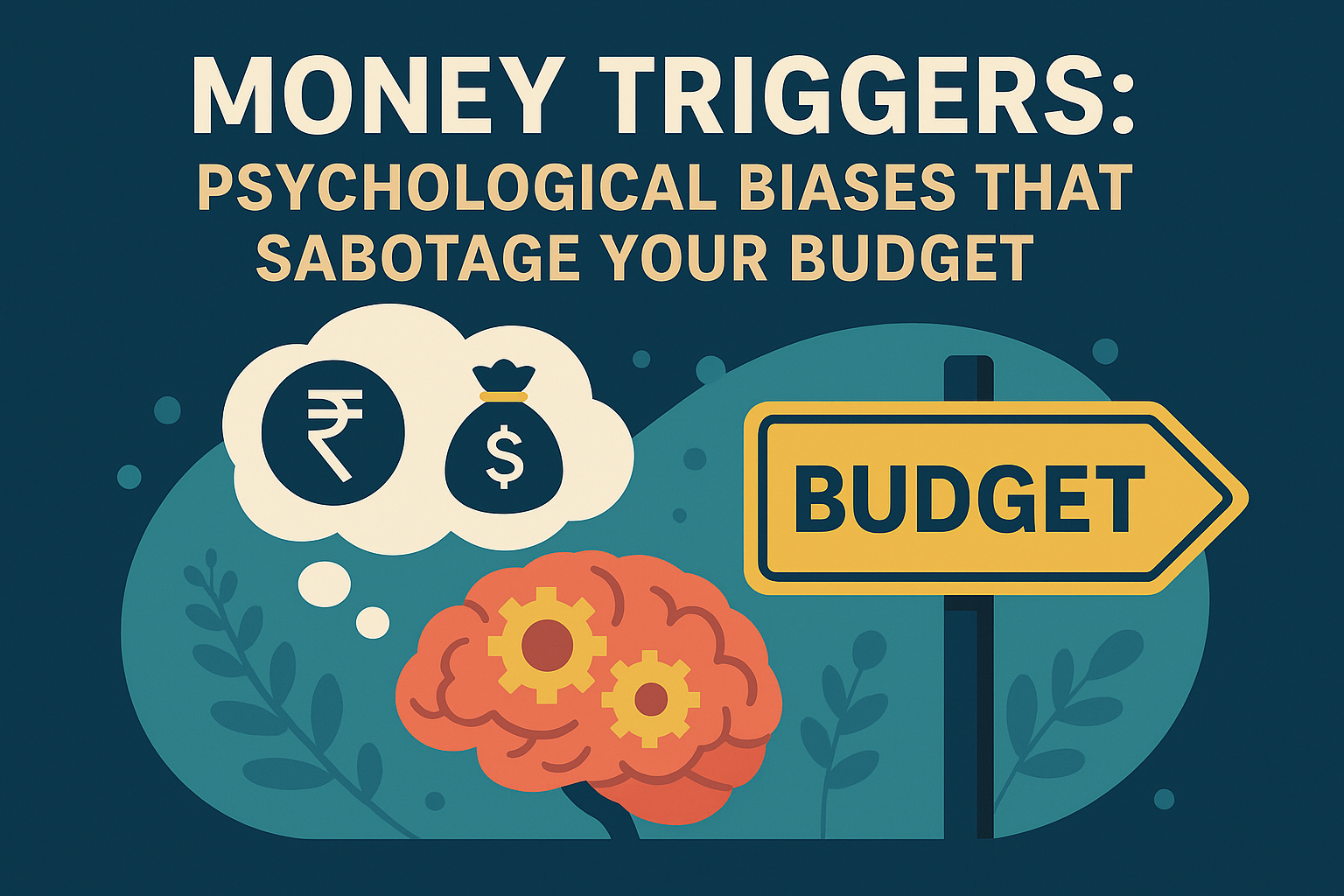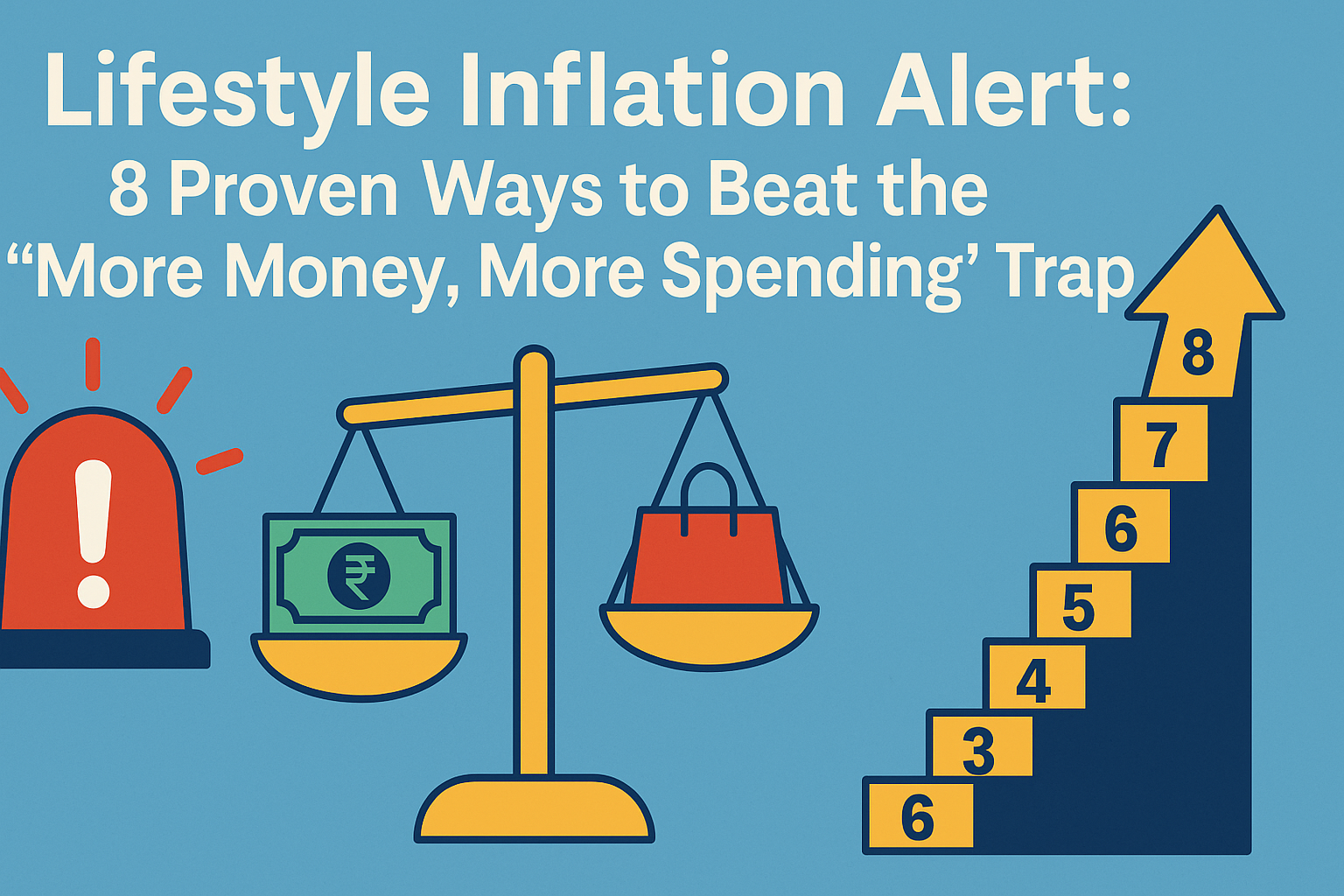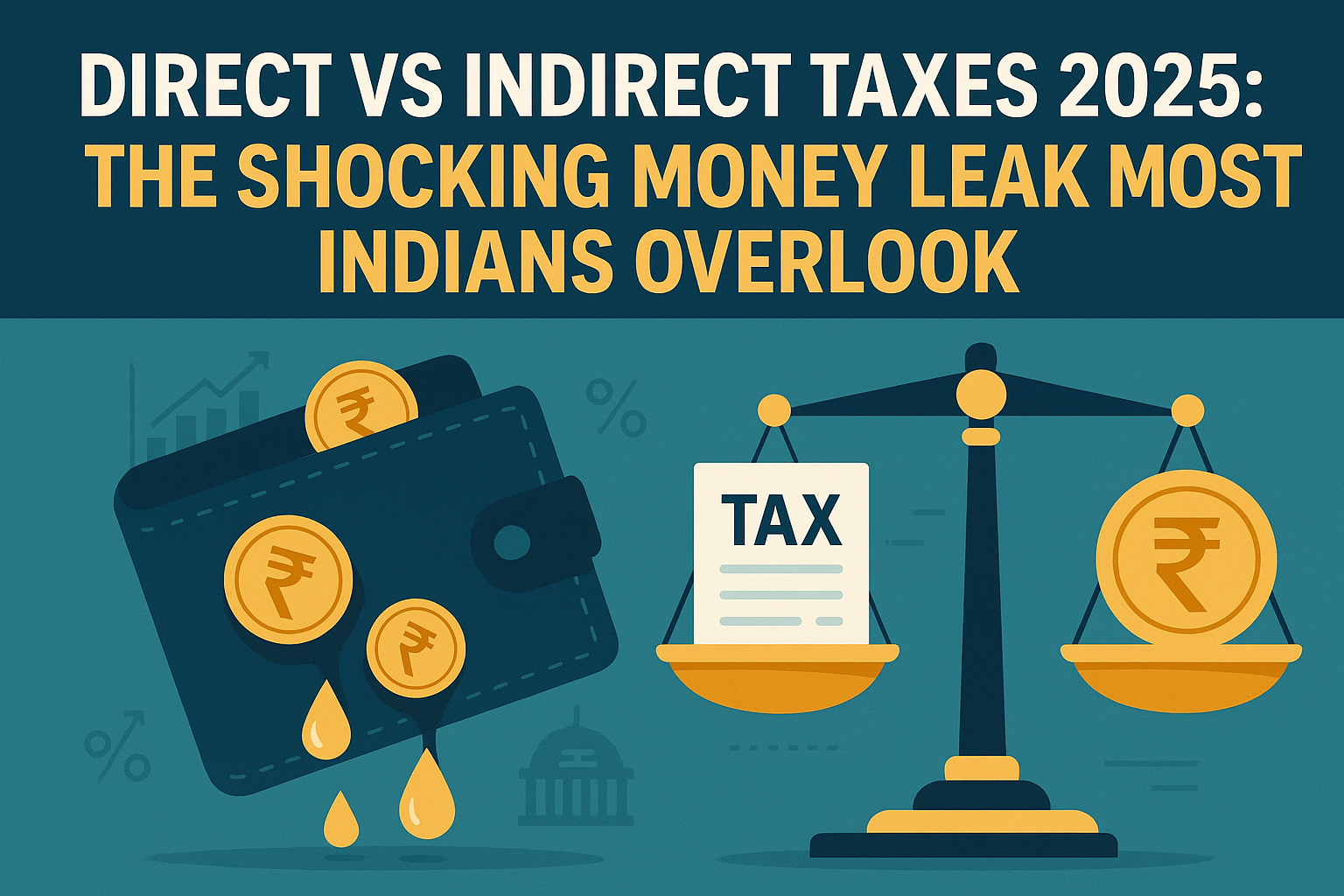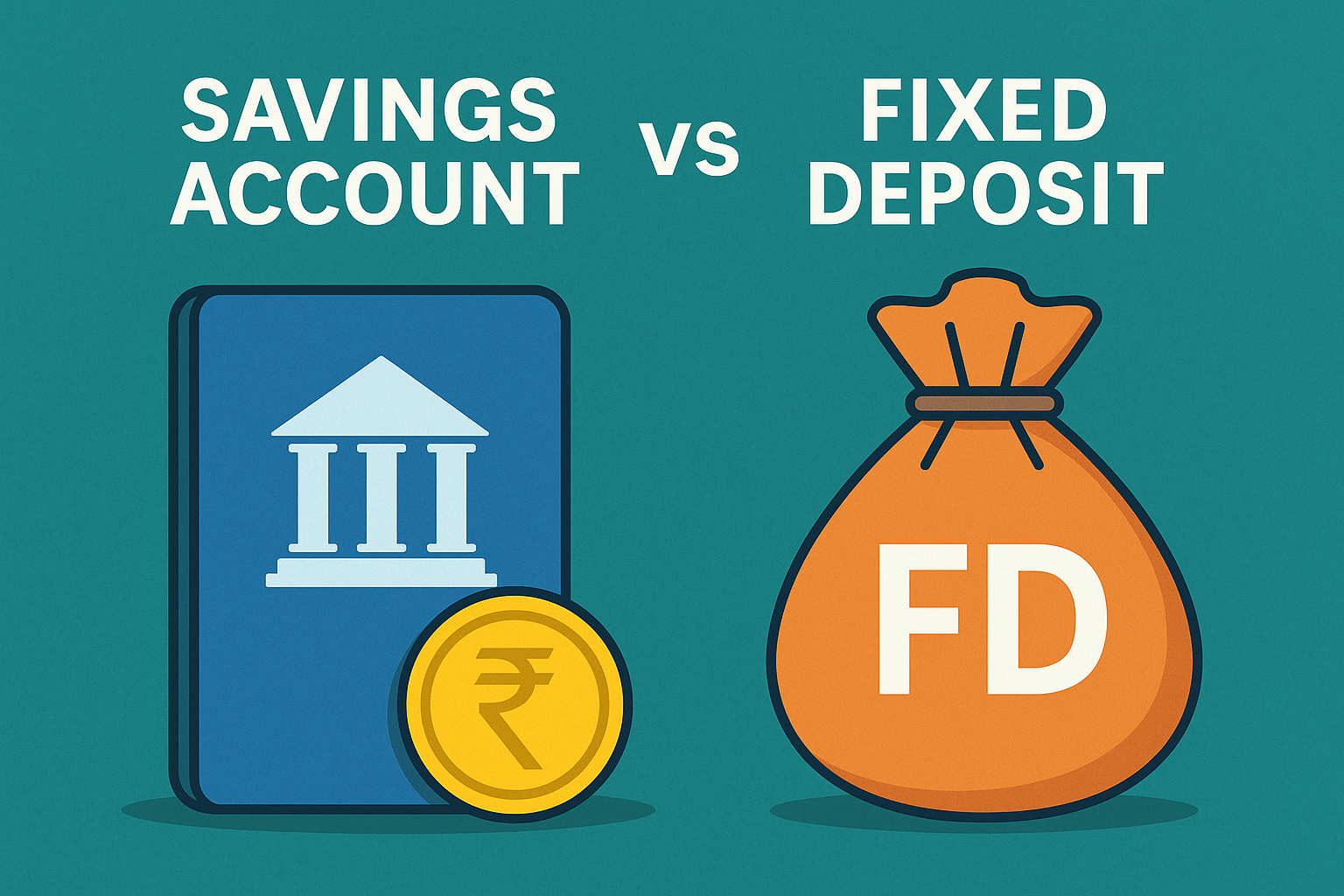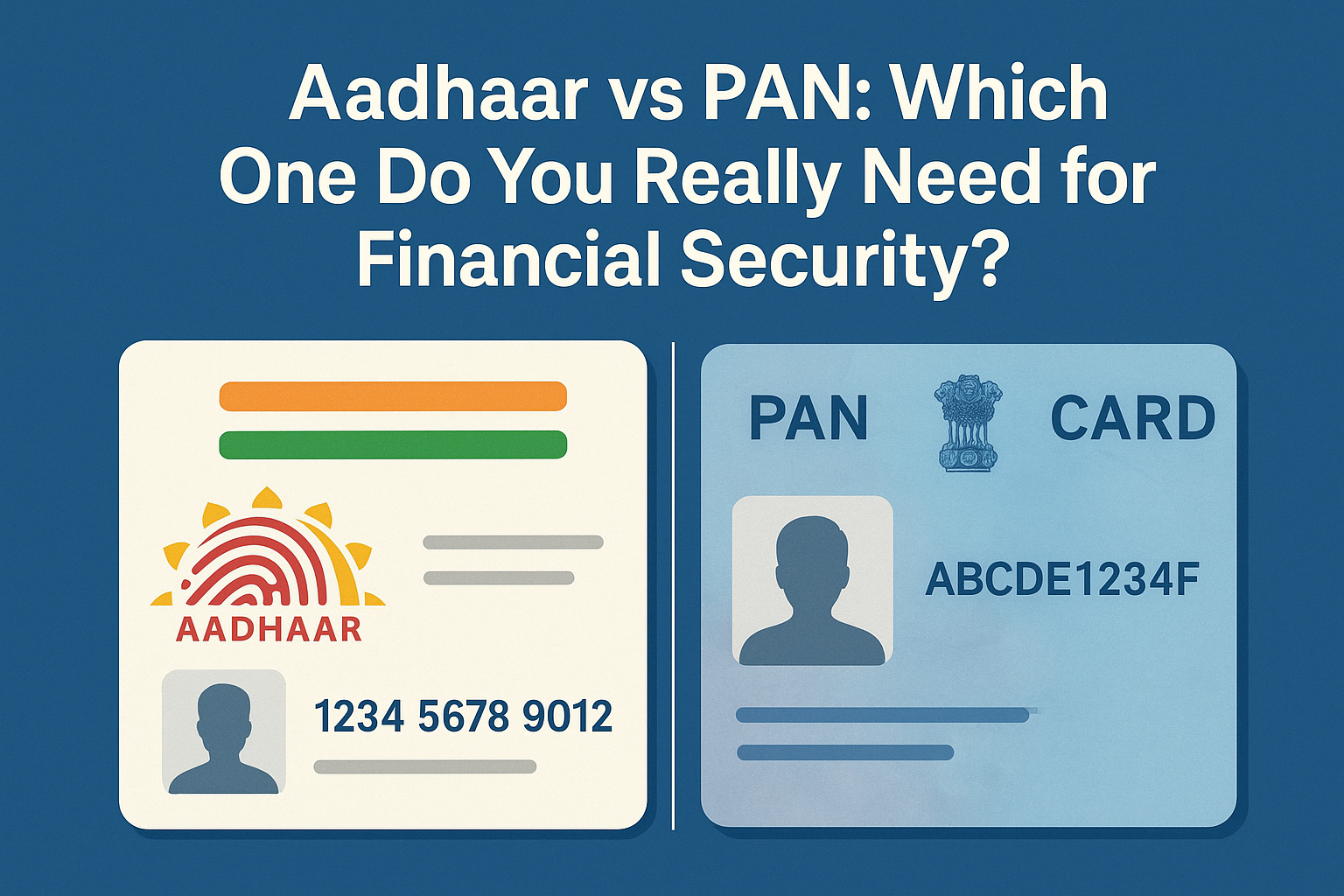
Frugal living is the practice of deliberately reducing expenses and making the most of every dollar spent, while minimalism is the intentional curating of one’s possessions to prioritise simplicity and purpose. While both lifestyles uphold the principle that “less is more”, frugal living focuses on reducing expenses and maximising financial efficiency, whereas minimalism focuses on reducing physical and mental clutter by owning fewer items. In this comparison, you’ll discover how each approach overlaps since spending less naturally means buying fewer things yet diverges in its primary goal: one aims at saving money, the other at streamlining your environment. Read on for a practical cost–benefit breakdown and a step-by-step action plan to help you decide which philosophy (or combination of both) best aligns with your goals for greater savings and a calmer, more organised home.
Frugal Living vs. Minimalism at a Glance
Before diving deeper, the table below highlights
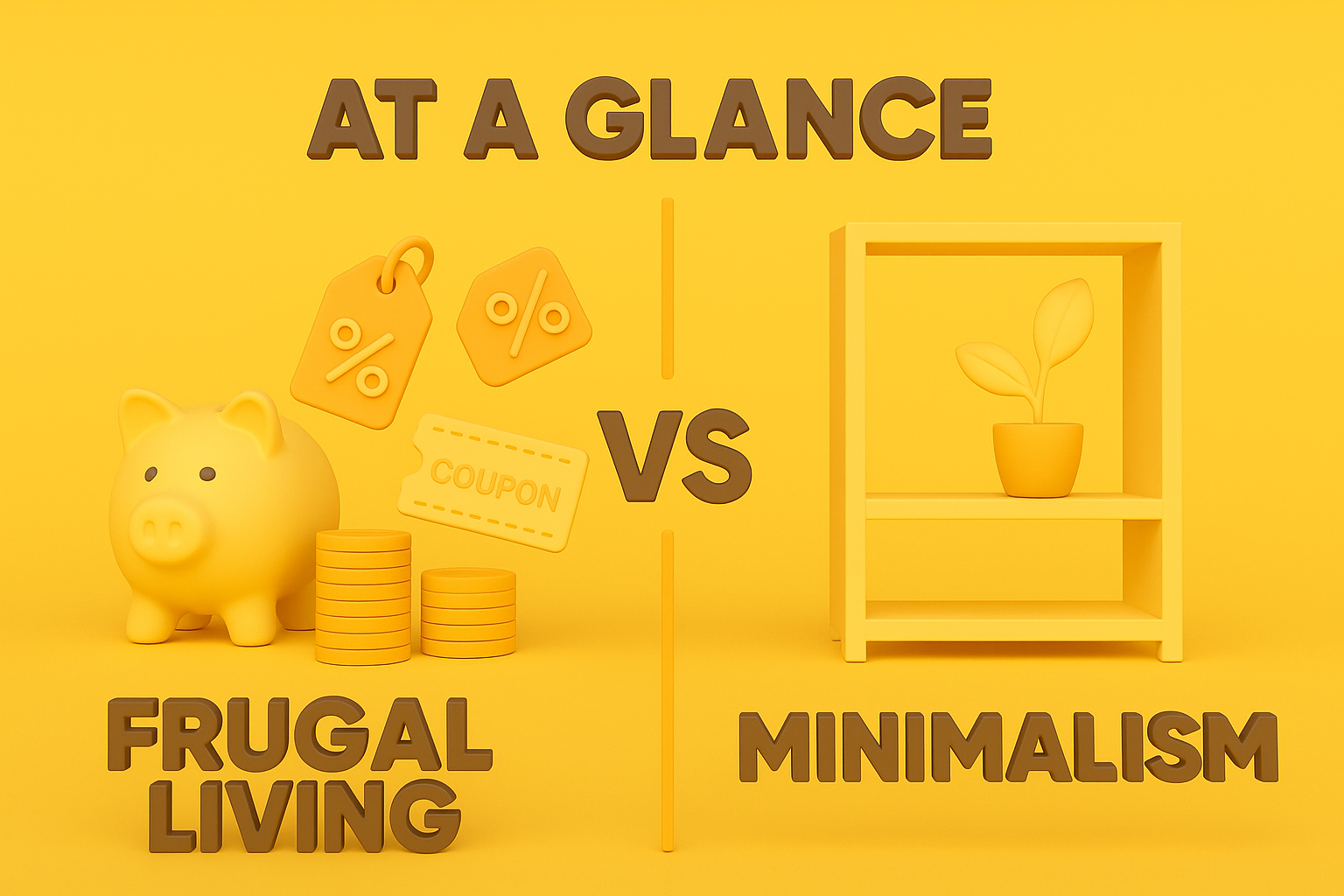
how frugal living and minimalism compare in their approach to finances and possessions, helping you quickly see which philosophy aligns with your goals.
| Aspect | Frugal Living | Minimalism |
|---|---|---|
| Cost Focus The approach focuses | Each focuses on reducing expenses, finding deals, budgeting every dollar, and cutting unnecessary spending to maximise financial The approach prioritises spending on fewer items by focusing on those that add value to life, which often results in indirect cost savings while emphasising quality over price. | overprice. |
| Mindset | “Every penny counts” is driven by the desire to make money go further, avoid debt, and build financial security. | “Less is more” focuses on eliminating clutter and distractions, valuing experiences and intentional acquisition over quantity. |
| Typical Habits | • Tracking daily expenses and seeking coupons or discounts • Repairing or repurposing items instead of replacing • Meal planning and bulk buying to lower grocery bills |
• Conducting regular decluttering sessions, donating or selling unused items • Adopting a one-in, one-out rule to maintain simplicity • Choosing multi-functional or timeless possessions that serve long-term needs |
| Savings Potential | Cutting nonessential expenses and reallocating funds towards debt repayment or investments can result in significant monthly savings. | Savings may be less immediate in dollars but accumulate over time as fewer purchases are made; money saved often reflects the true cost of owning and maintaining fewer items. |
What Is Frugal Living?
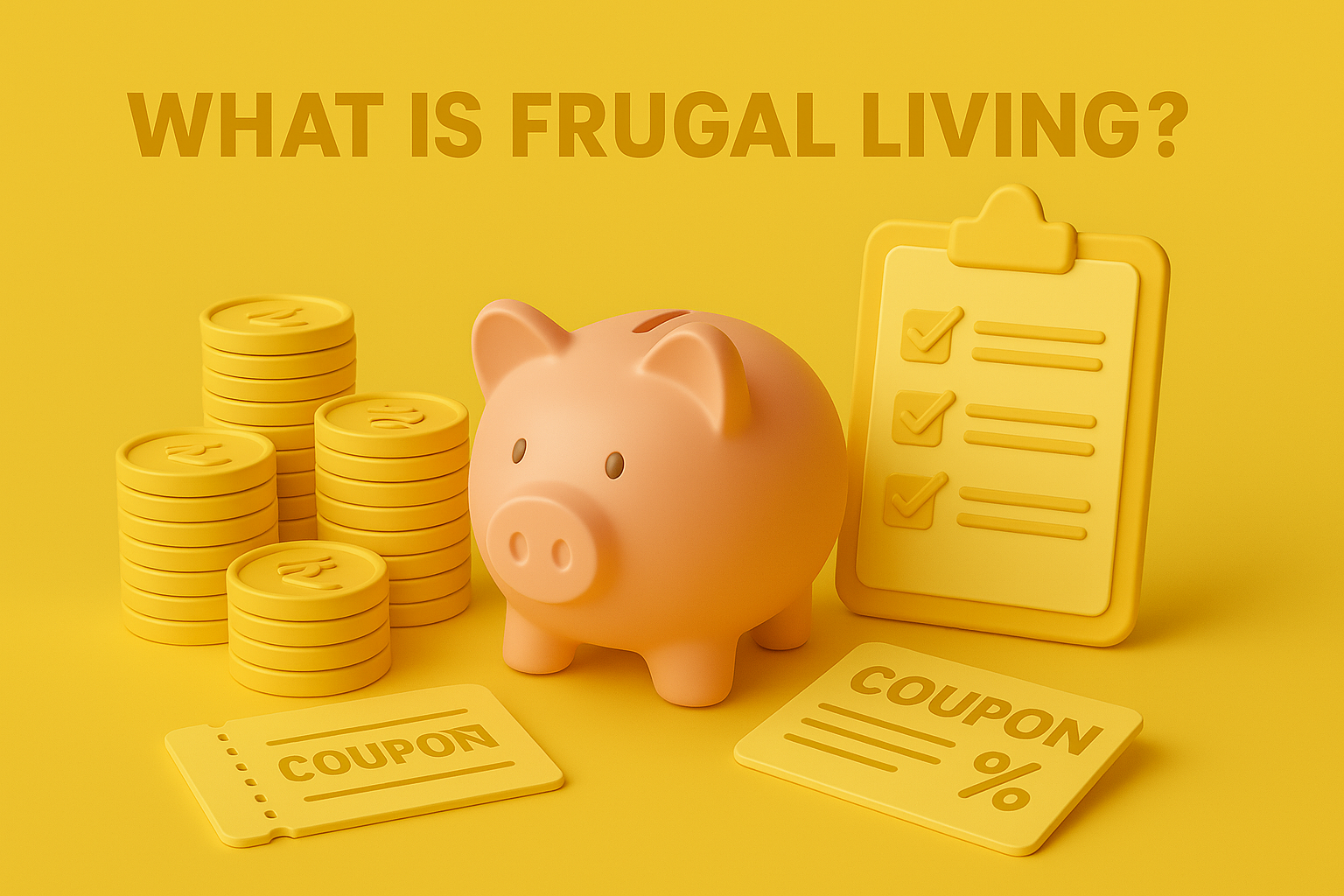
Core Principles
Frugal living maximising value for money and exercising delayed gratification. In essence, this approach involves assessing each purchase to make sure it aligns with one’s long-term financial goals, rather than impulsive desires. Prioritising purchases that deliver tangible benefits, such as durable goods or experiences that enrich their lives, frugal individuals resist the temptation of instant gratification. This mindset cultivates a deliberate spending habit, clearly distinguishing needs from wants and minimising unnecessary expenses. Over time, adhering to these principles builds a stronger financial foundation, enabling individuals to allocate more resources toward savings, debt repayment, or investment.
Everyday Practices
Implementing frugal living typically requires following a few consistent routines:
-
Couponing and Discount Strategies: Systematically searching for coupons, promo codes, or cashback offers can reduce spending on groceries, clothing, and household essentials. A frugal shopper maintains a digital or physical list of reliable coupon sites, sets up price alerts, and times purchases to coincide with seasonal sales.
-
DIY Repairs and Upcycles: Rather than automatically replacing broken items, frugal households prioritise simple repairs, sewing torn clothing, patching drywall, or reconditioning furniture. When an item reaches the end of its useful life, upcycling (e.g., turning jars into storage containers) extends its usefulness, cutting replacement costs and waste.
-
Smart Grocery Hacks: Strategic meal planning minimises food waste and eliminates last-minute takeout. Frugal cooks buy staples in bulk, compare unit prices, and leverage generic or store-brand items when quality differences are negligible. An organised shopping list prevents impulse purchases. Pulse purchases, while cooking meals from scratch, such as homemade soups, sauces, or baked goods, often cost less than prepackaged alternatives.
Collectively, these daily practices shrink monthly expenses and reinforce a mindset of resourcefulness, encouraging ongoing creativity in solving budgetary challenges.
Financial Upsides & Trade-offs
When evaluating frugal living, consider both the financial benefits and the potential time costs:
-
Higher Savings Rate: By systematically reducing discretionary spending, individuals who embrace frugality often free up 10–30% (or more) of their income for emergency funds, debt payoff, or long-term investments. Over months and years, these incremental savings compound significantly, accelerating progress toward goals like homeownership or early retirement.
-
Opportunity Cost of Time: Many frugal strategies, such as coupon hunting, DIY repairs, and bulk cooking, require time and planning. For someone juggling work and family responsibilities, the hours spent scouring deals or fixing items might compete with leisure or professional pursuits. Frugality works best when individuals assess whether the time invested yields sufficient financial return; otherwise, a simpler budget hack (e.g., reducing one subscription) could offer more savings with less effort.
-
Balancing Frugality with Lifestyle Satisfaction: Extreme penny-pinching can sometimes feel restrictive or lead to decision fatigue. Striking a balance, such as setting aside a small “fun fund” while maintaining rigorous budgeting elsewhere, helps prevent burnout. By recognising which cost-saving tactics deliver the highest return on investment (both financially and emotionally), individuals can adopt the most sustainable version of frugal living for their personal situations.
Understanding these trade-offs ensures that frugal living remains a practical, long-term approach to financial health rather than a short-lived exercise in austerity.
What Is Minimalism?
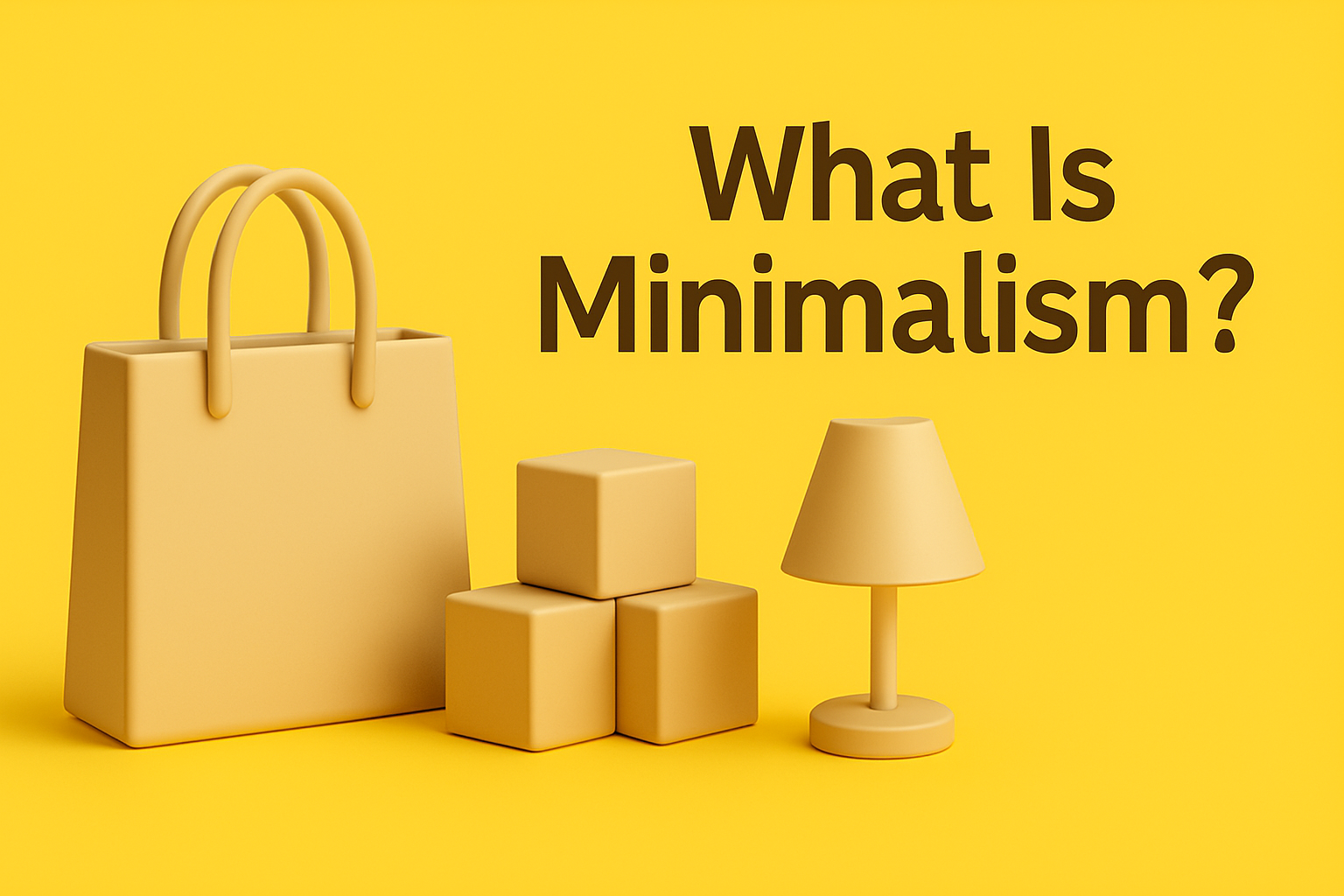
Core Principles
Minimalism is a lifestyle philosophy grounded in the mantra “less but better”, which emphasises intentional ownership over accumulating possessions for their own sake. At its heart, minimalism encourages individuals to critically assess each item’s purpose, keeping only those that offer genuine utility, joy, or simplicity. By choosing quality over quantity, minimalists aim to reduce decision fatigue, free up mental space, and cultivate an environment that aligns with personal values. This approach rejects the constant churn of consumerism, instead advocating for deliberate acquisition, purchasing items only when they serve a clear function or bring lasting satisfaction. As a result, minimalists tend to view their homes and routines as intentional reflections of priorities, with every object either serving a defined role or being consciously eliminated.
Everyday Practices
Adopting minimalism typically involves systematic habits that reinforce intentional living:
-
Decluttering Sessions: Periodic “declutter audits” help identify items that no longer serve a purpose or spark joy. By setting aside time monthly or quarterly to sort through clothing, kitchenware, electronics, and décor, minimalists remove excess and maintain an uncluttered space.
-
One-In-One-Out Rule: For every new item brought into the home, one existing item is donated, sold, or recycled. This practice prevents gradual accumulation and ensures that living spaces remain streamlined. For instance, a minimalist might donate an older pair of shoes when purchasing a new pair, ensuring they only keep what they actively wear.
-
Mindful Purchases: Before making a purchase, minimalists ask questions like, “Do I genuinely need this?” or “Will this item improve my daily life long-term?” This leads to more intentional buying behaviours, such as choosing multipurpose furniture, opting for timeless wardrobe staples, and favouring durable brands even if the upfront cost is higher. Over time, this selective approach reduces impulse buys and aligns spending with core values.
By embedding these rituals in daily routines, minimalists cultivate a living environment that is both functional and serene, reducing distractions and emphasising mindful consumption.
Lifestyle & Financial Effects
Embracing minimalism reshapes both routine expenses and broader financial priorities. While a minimalist approach often lowers ongoing maintenance expenses (fewer items to clean, repair, or replace), it can also lead to higher initial investments in “quality over quantity”. The table below summarises these trade-offs:
| Effect | Minimalist Approach |
|---|---|
| Lower Maintenance Costs | Owning fewer possessions means spending less on cleaning supplies, storage solutions, and repairs. A simplified wardrobe or curated kitchenware set requires minimal upkeep. |
| Reduced Decision Fatigue | With fewer choices to make each day, fewer clothes to choose from, and fewer gadgets to maintain, mental energy is conserved for meaningful tasks and experiences. |
| Upfront Investment in Quality | Minimalists often invest in durable, multipurpose items (e.g., a high-quality chef’s knife instead of multiple cheap knives). Although pricier upfront, these purchases last longer and ultimately reduce replacement costs. |
| Lower Storage & Housing Needs | Small, intentional possessions can allow individuals to downsize living spaces or avoid extra storage fees, further reducing monthly expenditures. |
While a minimalist wardrobe or home office setup may feel more expensive initially, these high-quality purchases typically outlast cheaper alternatives by years. Over time, minimalists often find that the money saved on ongoing costs like excess utilities, storage rentals, and frequent replacements outweighs the higher upfront price tags. This balanced view ensures that minimalism delivers both clarity of space and tangible financial benefits.
Key Differences That Hit Your Wallet

-
Bargain-Hunting vs. Buying Once
-
Frugal living focuses on clipping coupons, comparing price per unit, and waiting for sales to stock up on lower-cost items.
-
Minimalism emphasises purchasing a single, high-quality piece designed to last, eliminating the need for multiple budget purchases.
-
-
Maximizing Quantity vs. Prioritizing Quality
-
With a frugal living mindset, buying in bulk and often choosing cheaper brands reduces cost per item, even if it means storing extras.
-
In minimalism, fewer purchases of premium or timeless items take priority, accepting a higher upfront price for longer-term durability.
-
-
Time Spent on Deals vs. Streamlined Shopping
-
Practising frugal living usually means dedicating hours to price comparisons, coupon searches, and planning multi-store trips to maximise savings.
-
Minimalists minimise decision fatigue by narrowing choices to what’s essential, buying only when an item clearly aligns with their needs or values.
-
-
Impulse Bait vs. Intentional Evaluation
-
Even dedicated frugal shoppers can succumb to the allure of “too good to pass up” sales, which can lead to occasional impulse buys if perceived as significant savings.
-
Minimalism discourages all unplanned spending by demanding justification—“Will this add real value?”—before committing to any purchase.
-
-
Subscription Retention vs. Subscription Elimination
-
A frugal living approach might keep warehouse‐club memberships or discount-app subscriptions because they yield day-to-day cost reductions.
-
Minimalists often cancel any subscription that isn’t absolutely necessary, reducing recurring expenses and mental clutter.
-
-
Many Low-Cost Options vs. One Multifunctional Item
-
Frugal living can lead to owning several inexpensive kitchen gadgets or tools, each serving a narrow purpose, to save a few rupees per item.
-
Minimalism favours purchasing one versatile, high-end appliance or tool that replaces multiple cheaper versions, focusing on long-term utility over short-term savings.
-
-
Seasonal Stockpiling vs. Lean Inventory
-
Frugal individuals frequently buy seasonal products (winter clothes, holiday decor) off-season at deep discounts, often requiring extra storage.
-
Throughout the year, minimalists maintain a lean inventory, buying items only when necessary to prevent the accumulation of unnecessary possessions.
-
Where They Overlap (and Why That Matters)
Frugal living and minimalism share a fundamental ethos of intentionality, leading to overlapping benefits that amplify both financial and environmental gains. By embracing practices that reduce waste, clarify priorities, and shrink carbon footprints, adherents of either philosophy can achieve a more sustainable, purpose-driven lifestyle.
When individuals adopt frugal living strategies such as repairing broken items instead of discarding them or when minimalists commit to keeping only essentials, both approaches naturally result in reduced waste. Instead of discarding lightly used clothing, gadgets, or household goods, people opt to repair, repurpose, or donate items. This shared focus on extending the useful life of possessions lessens landfill contributions and cuts back on manufacturing demand. For example, a frugal mindset might prompt someone to mend a pair of shoes, while a minimalist would avoid purchasing excess footwear in the first place; both decisions reduce overall material consumption.

Both frugality and minimalism foster clearer priorities, encouraging practitioners to evaluate what truly matters, whether it’s saving for a down payment or maintaining a clutter-free home. This alignment sharpens decision-making: before spending, individuals ask, “Does this align with my goals?” or “Will this serve a meaningful purpose?” Over time, this shared discipline reduces impulse purchases and emotional clutter. Instead of feeling overwhelmed by countless choices or regretting needless expenses, people experience a heightened sense of control, dedicating time and resources to areas they value most, be it travel, education, or simply a stress-free living environment.
Finally, by consuming fewer resources and buying less, adherents generate a smaller carbon footprint. Frugal shoppers who purchase secondhand items or bulk groceries emit fewer greenhouse gases, while minimalists who avoid fast fashion or disposable decor reduce the demand for resource-intensive production. In practical terms, fewer shipping miles, less packaging waste, and reduced energy consumption all stem from the decision to consume consciously. Together, these philosophies promote lifestyles that align with broader sustainability goals: limiting overconsumption, conserving energy, and preserving natural resources for future generations.
| Shared Benefit | Description |
|---|---|
| Reduced Waste | Repairing, repurposing, and avoiding needless purchases combine to keep usable items in circulation longer, cutting down on landfill contributions and manufacturing demand. |
| Clearer Priorities | Both approaches guide decision-making towards purposeful spending and ownership, minimising impulse purchases and promoting mental clarity by reducing both material and emotional clutter. |
| Smaller Carbon Footprint | Conscious buying, whether through frugal bargain-hunting or minimalist quality purchases, reduces packaging, shipping, and production energy, leading to lower overall emissions. recognising these overlaps, individuals can seamlessly incorporate frugal living and minimalism into a cohesive strategy—one that not only maximises |
only maximises savings but also advances environmental stewardship and intentional living.
Strategy Steps: Choosing the Right Path
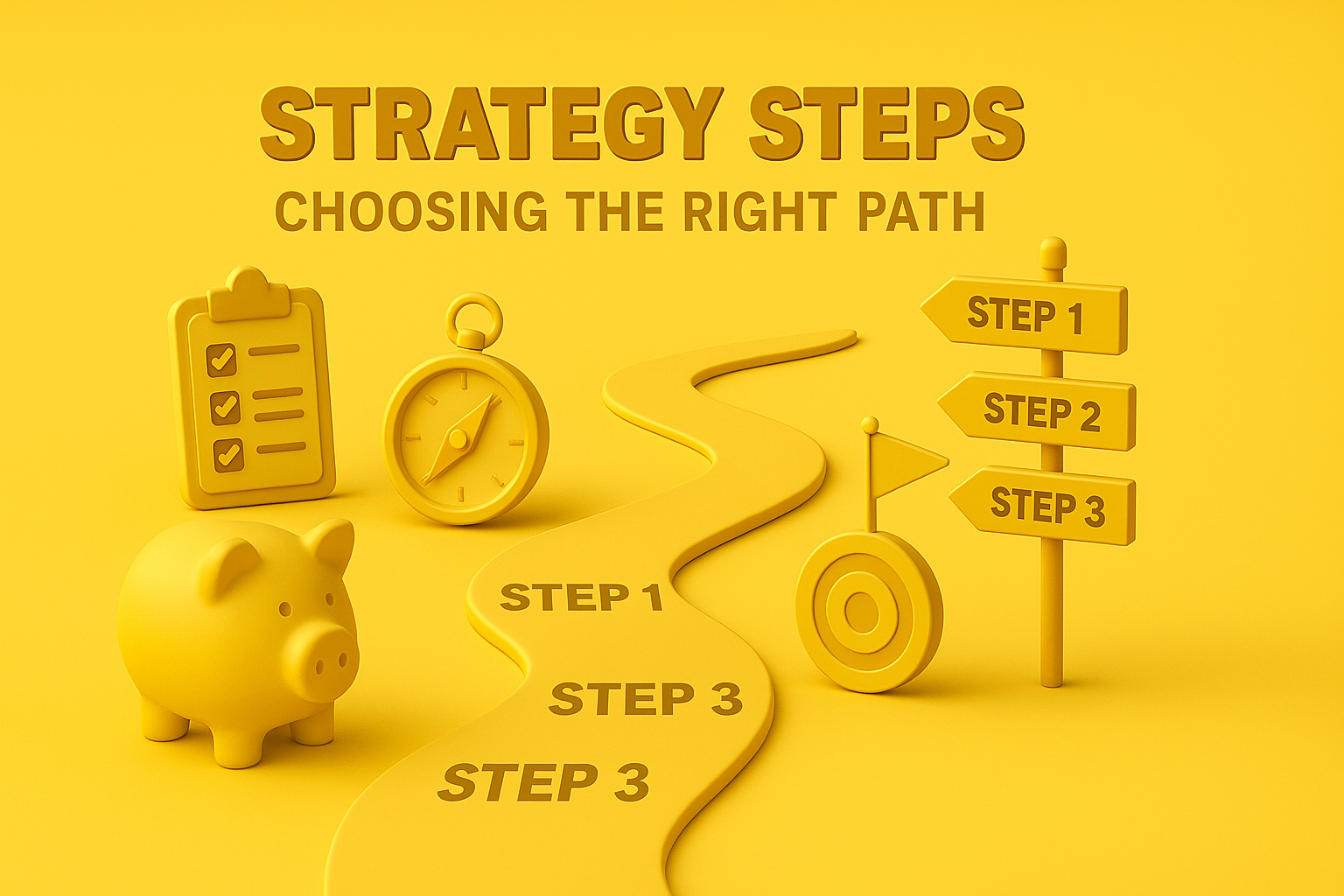
Step 1 – Pinpoint Your Values & Goals (freedom? security? aesthetics?)
Begin by clarifying what drives your desire to adopt frugal living, minimalism, or a hybrid of both. Ask yourself:
-
Freedom: Do you crave flexibility and enough funds to travel, start a side hustle, or leave a job you dislike? If so, prioritise frugal strategies that maximise cash flow and build emergency savings.
-
Security: Are you focused on creating a robust financial safety net? A frugal living mindset tracking every rupee, eliminating nonessential expenses, and funnelling savings into debt reduction or investments directly aligns with long-term security.
-
Aesthetics & Mental Clarity: Does a simplified, clutter-free home spark joy and reduce stress? If visual tranquillity and streamlined routines appeal to you, minimalism’s emphasis on owning only purposeful items will deliver that sense of calm.
-
Combination Goals: Perhaps you want both financial freedom and a serene living space. In that case, identify the specific practices of each philosophy that resonate most, such as meal planning and thrifted home décor, to create a personalised approach.
Identifying your top priorities, such as reducing stress through fewer possessions, accelerating savings for home ownership, or reducing your carbon footprint, will provide you with a clear direction. This foundation ensures that every subsequent decision (coupon hunting, decluttering, or quality splurges) ties back to what matters most.
Step 2 – Audit Your Spending and Stuff (quick worksheet)
An audit illuminates where your money goes and which possessions truly matter. Creating a simple worksheet helps visualise financial leaks and physical clutter.
| Category | Current Monthly Spend (₹) | Keep or purge? | Notes / Priority |
|---|---|---|---|
| Groceries | 8,000 | Keep | Meal-plan more to reduce waste; compare local markets vs. supermarkets. |
| Dining Out / Delivery | 3,500 | Purge | Reduce to twice a month; cook larger batches at home. |
| Clothing & Accessories | 2,000 | Purge | Donate unworn items; set a 3-item monthly cap on nonessential purchases. |
| Utilities & Subscriptions | 4,000 | Keep | Please review your streaming services and consider cancelling any accounts that are seldom used. |
| Electronics & Gadgets | 1,500 | Purge | Please consider selling or recycling any unused devices and adopting a one-in-one-out policy for new technology. |
| Home Décor & Furnishings | 2,200 | Purge | Keep only multipurpose or sentimental pieces; donate excess. |
-
Spending Audit: Over one month, track every expense. Please fill in the “Current Monthly Spend” with the actual figures. Label each line item as Keep (essential or high-value) or Purge (nonessential or redundant). Use the “Notes” column to jot pragmatic next steps like swapping branded items for store brands or eliminating a subscription.
-
Stuff Inventory: Walk through each room, closet, and storage area. For each category (clothing, kitchenware, décor), list the number of items you own. Decide if each item earns a spot in your life based on utility or joy. Mark unnecessary items for donation, resale, or recycling.
By completing this worksheet, you can identify areas of improvement, such as overspending on takeout or holding onto twenty coffee mugs when four are sufficient. This dual audit ties directly into frugal living (cutting extraneous spending) and minimalism (paring down possessions).
Step 3 – Set Measurable Targets (savings %, item count)
Once you’ve mapped current habits, establish concrete, quantifiable goals. These targets keep you accountable and provide clear benchmarks for success.
-
Savings Percentage:
-
If your spending audit shows a ₹20,000 monthly outflow, aim for a 15–20% reduction (₹3,000–₹4,000).
-
Example: “Reduce dining-out expenses by 50%, saving at least ₹1,750 monthly.”
-
Track progress weekly. Use a simple spreadsheet or budgeting app to monitor whether you reach or exceed that percentage.
-
-
Item Count Reduction:
-
Tally total wardrobe pieces, kitchen gadgets, decorative items, and gadgets. Decide on a realistic cut. For instance: “Reduce clothing inventory from 50 to 35 items (a 30% drop) within two months.”
-
Establish mini-goals, e.g., “Declutter five bookshelves by removing 10+ items per session.”
-
Photograph or list the purged items to visualise momentum.
-
-
Time-Bound Milestones:
-
Attach deadlines to each target:
-
“Save ₹12,000 by the end of the quarter.”
-
“Downsize home office supplies by 25% in 30 days.”
-
-
Use calendar alerts or habit-tracking apps to send reminders as deadlines approach.
By quantifying both financial and physical decluttering goals, you transform abstract intentions into data-driven milestones. This precision aligns with search engine-friendly practices; readers can instantly grasp the actionable framework and replicate it.
-
Step 4 – Build Habits & Systems (automated transfers, declutter calendar)
Achieving long-term success hinges on embedding consistent habits and creating supportive systems. Automate wherever possible, and schedule recurring tasks to prevent backsliding.
-
Automated Savings Transfers:
-
Set up a standing instruction with your bank to transfer a fixed percentage (e.g., 10–20%) of each pay cheque into a high-interest savings account.
-
Please consider this as a non-negotiable monthly expense; once the transfer is completed, kindly budget based on the remaining balance.
-
If applicable, automate bill payments (utilities, insurance) to avoid late fees and streamline your cash-flow planning.
-
-
Declutter Calendar:
-
Block out two hours every first Saturday (or another convenient slot) for a targeted decluttering session. Label each month with a specific focus zone: “January: Kitchenware”, “February: Clothing & Accessories”, and so on.
-
Use digital calendar reminders or habit-tracking apps to mark progress. As you finish each session, check off the task to maintain momentum.
-
-
Coupon & Deal Alerts:
-
Subscribe to reliable discount newsletters or install coupon-finding browser extensions. Instead of manually hunting bargains daily, let automated alerts notify you of relevant deals.
-
Categorise alerts by necessity: essential groceries, household staples, or occasional splurges. Filter out noise. Avoid subscribing to broad, irrelevant mailing lists that create email clutter.
-
-
One-In-One-Out Rule Integration:
-
For every new purchase, choose an existing item to donate, sell, or recycle. Incorporate this rule into your calendar system by setting a post-purchase reminder to either list an unused garment on resale apps or drop it off at donation centres within a week.
-
Use a simple checklist in your phone’s notes app to confirm completion:
-
Did I obey the one-in-one-out rule?
-
Did this purchase align with my values/targets?
-
-
-
Monthly Review Ritual:
-
Dedicate 30 minutes at month’s end to review spending, savings progress, and decluttering status. Compare actual numbers against “Measurable Targets” from Step 3.
-
If you find yourself straying, consider making a minor change, like forgoing a weekend brunch or planning a garage sale for surplus items, to bring yourself back on track.
By transforming your goals into automated or calendar-driven actions, you eliminate reliance on willpower alone. Frugal living and minimalism both demand consistent effort; streamlining these efforts into systematic routines increases the likelihood of sustainable, long-lasting results.
-
Sample Monthly Budget: Frugal Minimalism in Action
| Category | Allocated Amount (₹) | Rationale / Hybrid Mindset |
|---|---|---|
| Housing & Utilities | 20,000 | Minimalist: Chose a modest 1,000 sq. ft. apartment to reduce rent; Frugal: Negotiated a fixed-rate electricity plan. |
| Groceries & Household Goods | 10,000 | Frugal: Bulk-buy staple items (rice, lentils, spices) from wholesale markets; Minimalist: Limited Tupperware to multi-use sets. |
| Transportation | 5,000 | Frugal: Use a shared two-wheeler and public transit passes. A minimalist lifestyle avoids owning a second vehicle, which reduces parking and storage costs. |
| Savings & Investments | 15,000 | Frugal: Automated 20% of income into a high-yield savings account; Minimalist: Prioritises fewer but diversified investments (index fund). |
| Insurance & Emergencies | 3,000 | Frugal: Bought a bundled health and life insurance policy at a discount; Minimalist: Avoids redundant policies. |
| Dining Out & Entertainment | 4,000 | Frugal: Use restaurant coupons and weekday specials. Minimalist: Limit outings to truly meaningful experiences, avoiding impulse pizza orders. |
| Clothing & Personal Care | 2,500 | Minimalist: Adopted a capsule wardrobe (20 core pieces) bought seasonally; Frugal: Opted for generic personal care brands with reliable quality. |
| Subscriptions & Digital | 1,500 | Frugal: Share a single streaming subscription plan; Minimalist: Cancel unused apps and retain only one music and one video service. |
| Miscellaneous (Declutter Fund) | 2,000 | Hybrid: Budgeted a small “declutter fund” to sell or donate items responsibly (e.g., cover pickup or shipping fees). |
| Total Monthly Allocation | 63,000 |
In this example, Aman and Priya channel frugal tactics like bulk buying, automated savings, and coupon usage while embracing minimalist choices like downsized living space, capsule wardrobes, and multipurpose items. Their combined approach streamlines finances, reduces decision fatigue, and creates a home environment that prioritises intentional living over excess accumulation.
Pitfalls & How to Dodge Them

Embarking on frugal living, minimalism, or a hybrid approach can bring transformative benefits, but common missteps may undermine progress. Below are three key pitfalls: analysis paralysis, deprivation mindset, and social friction, along with practical quick fixes to keep you on track without sacrificing momentum.
| Pitfall | Description | Quick Fix |
|---|---|---|
| Analysis-Paralysis | Excessive time spent researching the ideal budgeting tool, decluttering method, or product selection can hinder progress and result in frustration. | Limit research to a set timeframe (e.g., 1 hour/week). Please select a straightforward budgeting app or decluttering technique (e.g., the KonMari method) and dedicate yourself to testing it for 30 days. Evaluate results afterwards. |
| Deprivation Mindset | People often mistake frugal living or minimalism for constant sacrifice, which can result in feelings of limitation, burnout, or even a return to previous spending habits. | Establish a small “fun fund” or “joy purchase” allowance each month (e.g., ₹500). Frame cutting costs as “redirecting” money toward meaningful goals rather than “giving up” pleasures. Maintain a single indulgence (like a favourite tea) to prevent burnout. |
| Social Friction | Pushback from friends or family who misunderstand your lifestyle changes, such as skipping expensive outings, refusing certain gifts, or downsizing your home, can lead to tension. | Proactively communicate your values and goals: explain that you prioritise long-term security or mental clarity. Suggest affordable alternatives (e.g., potluck dinners, thrift-shop outings). Agree on compromises, such as accepting secondhand gifts instead of new items. |
Analysis-Paralysis
When you begin refining your budget, decluttering your home, or researching bargain deals, it’s easy to become overwhelmed by choices. Endless online comparisons of budgeting apps, coupon sites, or minimalist influencers can lead to inertia. To overcome this, set a challenging deadline for decision-making, say, one weekend to review options, and then pick a single tool or method. For example, choose a basic spreadsheet template and track three expense categories (grocery, utilities, dining out) for 30 days. Similarly, pick a straightforward decluttering method like sorting by category and commit to tackling one small area each weekend. Limiting research time prevents overthinking and accelerates real-world progress.
Deprivation Mindset
Equating frugality or minimalism with constant austerity can sap motivation. If you mentally label every purchase as “bad”, you risk resentment and eventual rebound spending. Instead, reframe sacrifices as intentional “investments” in big goals, whether that’s a down payment or a peaceful home. Create a modest “joy purchase” budget (e.g., ₹500 per month) to spend guilt-free on something that sparks genuine happiness, such as a lunch with a friend or a handcrafted notebook. This allowance prevents feeling deprived and reinforces the idea that frugal minimalism isn’t about total elimination of enjoyment but about choosing small pleasures that align with long-term objectives.
Social Friction
Lifestyle shifts like cancelling subscriptions, opting out of pricey social gatherings, or donating family heirlooms can trigger friction with loved ones. To dodge tension, communicate your “why” clearly: share how reducing expenses or decluttering supports your financial security, mental health, or environmental values. When friends suggest weekend brunch at an upscale café, propose alternative meetups like a potluck picnic or a group hike. If relatives offer new possessions as gifts, suggest meaningful experiences or gently request secondhand items that fit your curated home. By presenting cost-saving or decluttering decisions as value-driven choices rather than rejecting others’ generosity, you foster understanding and minimise conflict.
Avoiding pitfalls—analysis paralysis, a deprivation mindset, and social friction—ensures that your frugal or minimalist journey remains sustainable. By setting clear boundaries on research time, allowing small guilt-free indulgences, and communicating intentions with empathy, you’ll maintain momentum toward a more intentional, cost-effective, and harmonious lifestyle.
FAQs – People Also Ask (PAA)
1. What is the main difference between frugal living and minimalism?
Frugal living prioritises reducing expenses and maximising value per rupee, whereas minimalism focuses on owning only what is essential for simplifying your physical space and mental workload. practice
I practise frugality and minimalism. Yes, a “frugal minimalist” approach that maximises savings while maintaining a clutter-free home emerges when you combine frugal tactics like bulk buying with minimalist principles, such as owning only multipurpose items.
-free home.
3. Does minimalism always save money?
Minimalism often leads to cost savings over time by reducing impulse purchases and lowering maintenance expenses, but upfront investments in higher-quality items can temporarily increase spending.
4. How do I know which lifestyle suits me best?
Assess your primary goals. If your priority is building financial security, frugal living may be more effective; if you seek mental clarity and a streamlined home, minimalism will likely resonate more.
5. Will frugal living or minimalism reduce my environmental impact?
Both approaches lower low consumption: frugality (repairing and reusing items) and minimalism (discouraging unnecessary purchases), resulting in a smaller carbon footprint and less waste.



















